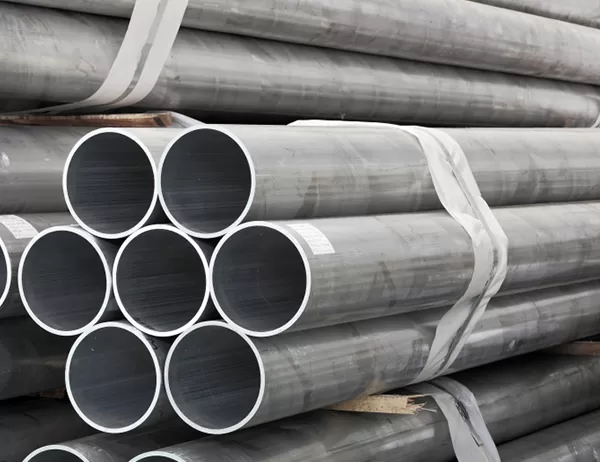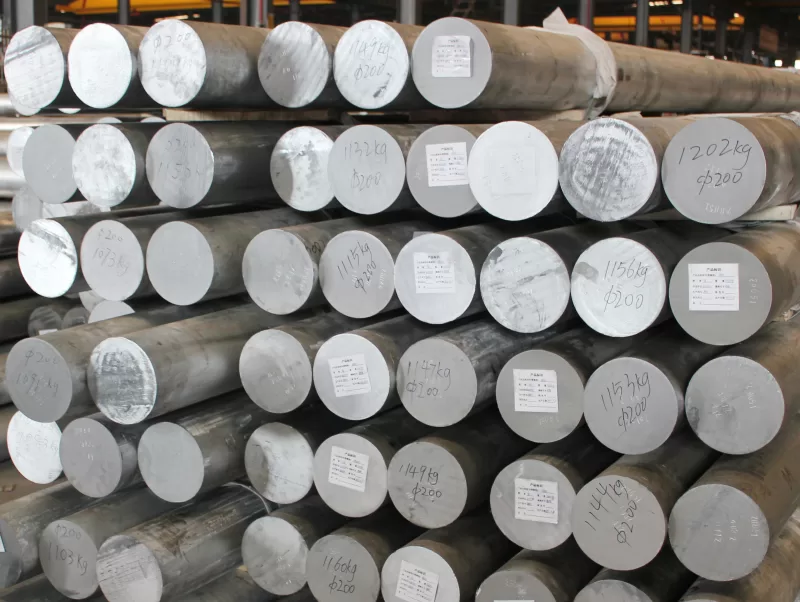In the ever-evolving tapestry of modern architecture, where form and function intertwine, aluminum T-section extrusions have emerged as a versatile and ubiquitous material. Their unique geometry and exceptional properties have propelled them to the forefront of construction, transforming the skylines of cities around the globe.
Structural Versatility
T-sections possess an inherent structural advantage. Their elongated flange provides a wide bearing surface, enabling them to withstand significant axial and bending loads. This makes them ideal for applications such as framing, beams, girders, and columns. The ability to transfer loads efficiently allows designers to create lightweight yet robust structures that soar high above the ground.
Aesthetic Appeal
Beyond their structural prowess, aluminum T-sections offer exceptional aesthetic qualities. Their clean lines and sleek profiles complement contemporary architectural styles, lending an air of minimalism and sophistication. The natural silver finish of aluminum can be anodized to create a wide range of colors and textures, allowing for customization to suit any design concept.
Durability and Corrosion Resistance
Aluminum is renowned for its resilience and corrosion resistance. T-section extrusions made from this metal are highly resistant to atmospheric conditions, UV radiation, and harsh chemicals. This enduring quality ensures that structures built with aluminum T-sections maintain their structural integrity and aesthetic appeal over extended periods.
Sustainability
The use of aluminum T-sections aligns with modern architectural principles of sustainability. Aluminum is a lightweight and recyclable material, minimizing the environmental impact of construction projects. Its high strength-to-weight ratio allows for the use of less material, further reducing the embodied carbon footprint of buildings.
Ease of Fabrication
T-section extrusions are manufactured through a process that involves forcing molten aluminum through a shaped die. This process produces profiles with precise dimensions and smooth surfaces, reducing the need for further machining or finishing. The ease of fabrication simplifies the construction process, saving time and labor costs.
Conclusion
The combination of structural versatility, aesthetic appeal, durability, sustainability, and ease of fabrication has made aluminum T-section extrusions a highly sought-after material in modern architecture. Their use in framing, beams, columns, and various other applications has shaped the iconic structures that define the urban landscapes of today. As architectural trends continue to evolve, it is clear that aluminum T-section extrusions will remain a cornerstone of construction for years to come.




